A Chilean pavilion cuts a small yet dramatic figure in a snowy, forested site
Architects Pezo von Ellrichshausen are behind this compact pavilion, its geometric, concrete volume set within a forest in Chile’s Yungay region
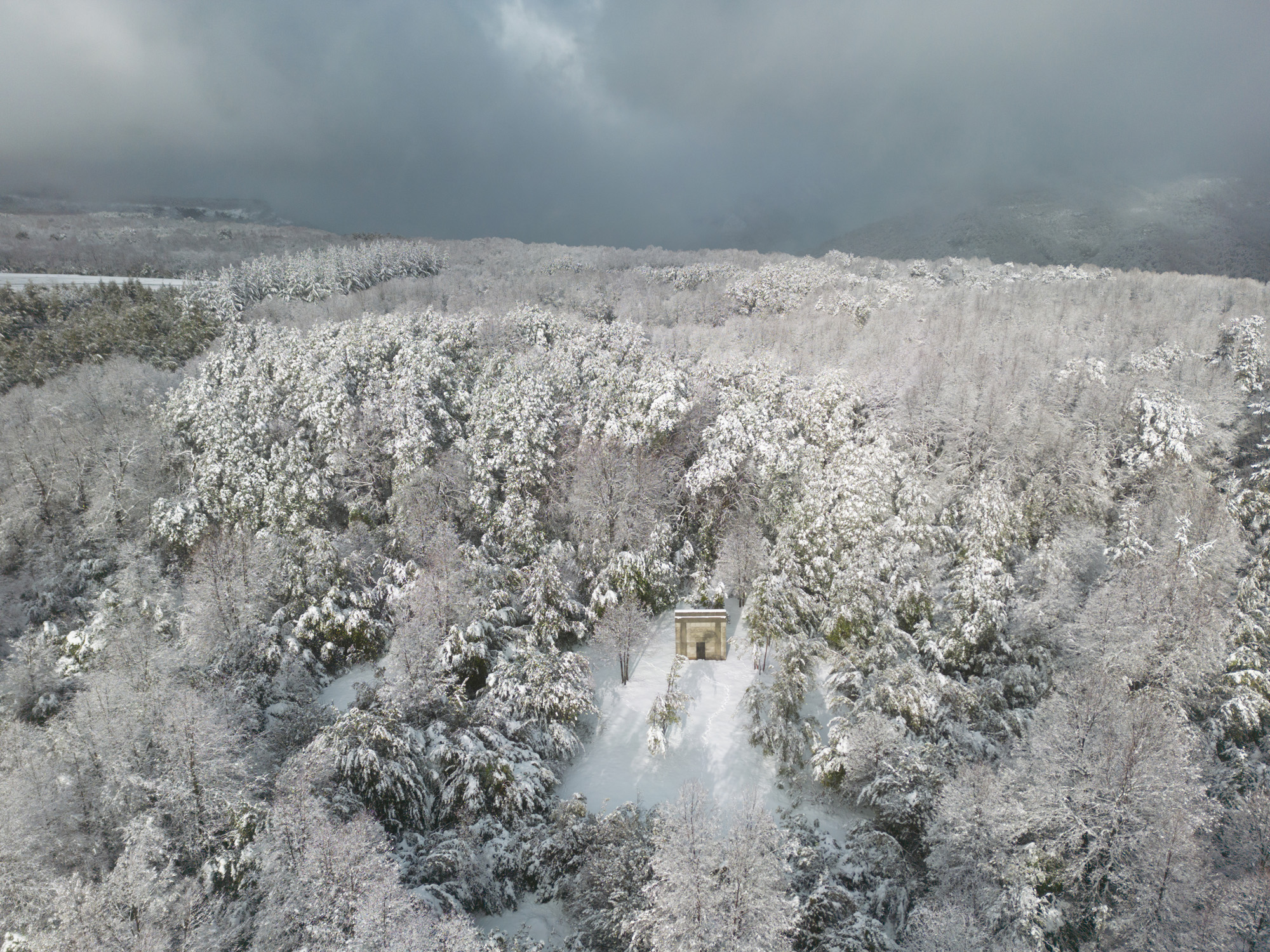
A compact, brutalist Chilean pavilion is peeking out from the trees in the South American country's richly forested Yungay region; discover Miel Pavilion, the newest project by prolific local architecture studio Pezo von Ellrichshausen. Set in the district of Santa Lucia Alto, the small, concrete structure cuts a powerful figure among snowy slopes and white-sprinkled foliage.
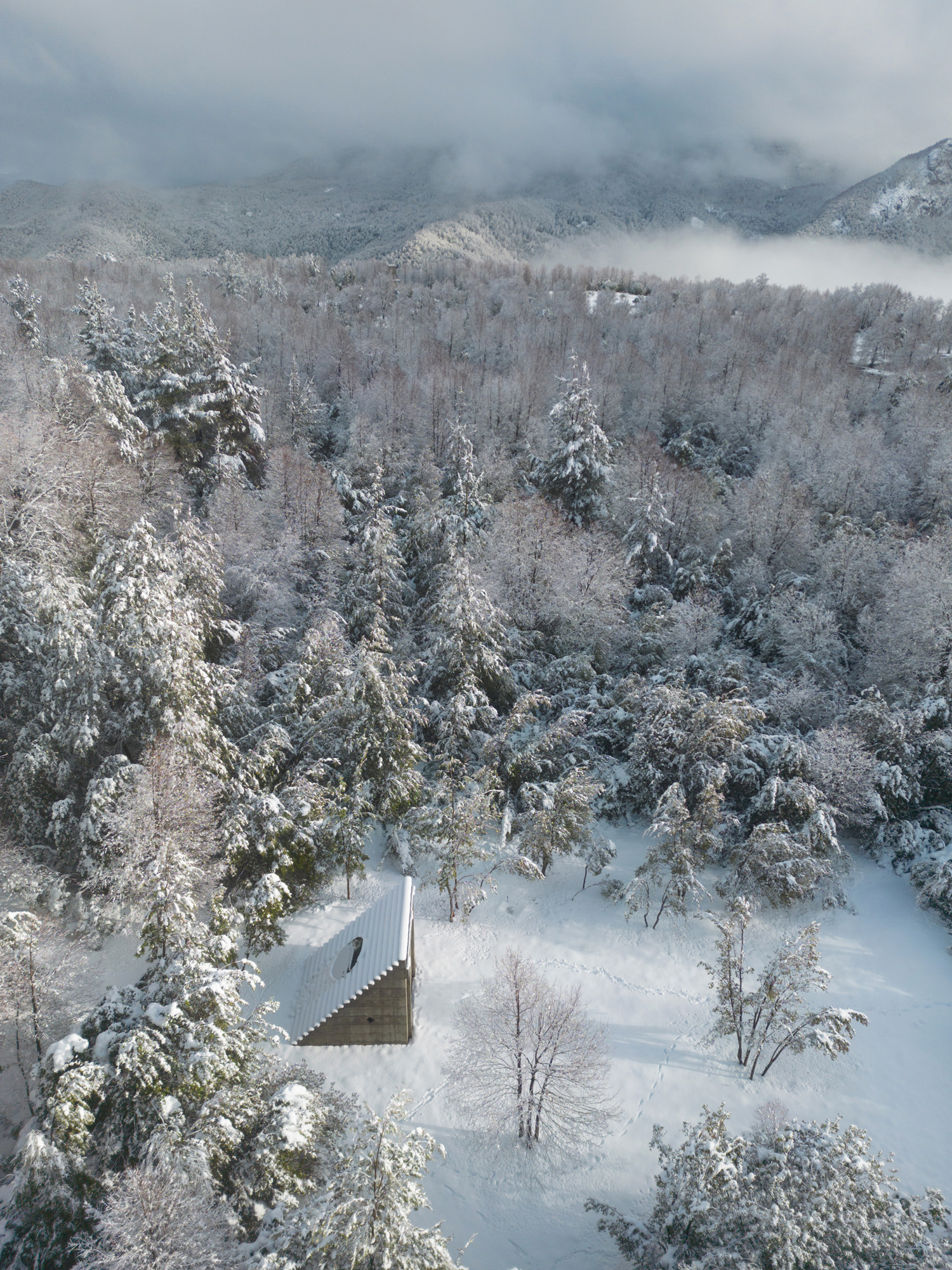
Tour this brutalist Chilean pavilion in the countryside
A self-initiated project, the small structure sits within the grounds of studio founders Sofía von Ellrichshausen and Mauricio Pezo's own property in the Yungay region – Luna House, which serves as both an expansive home and a workspace.
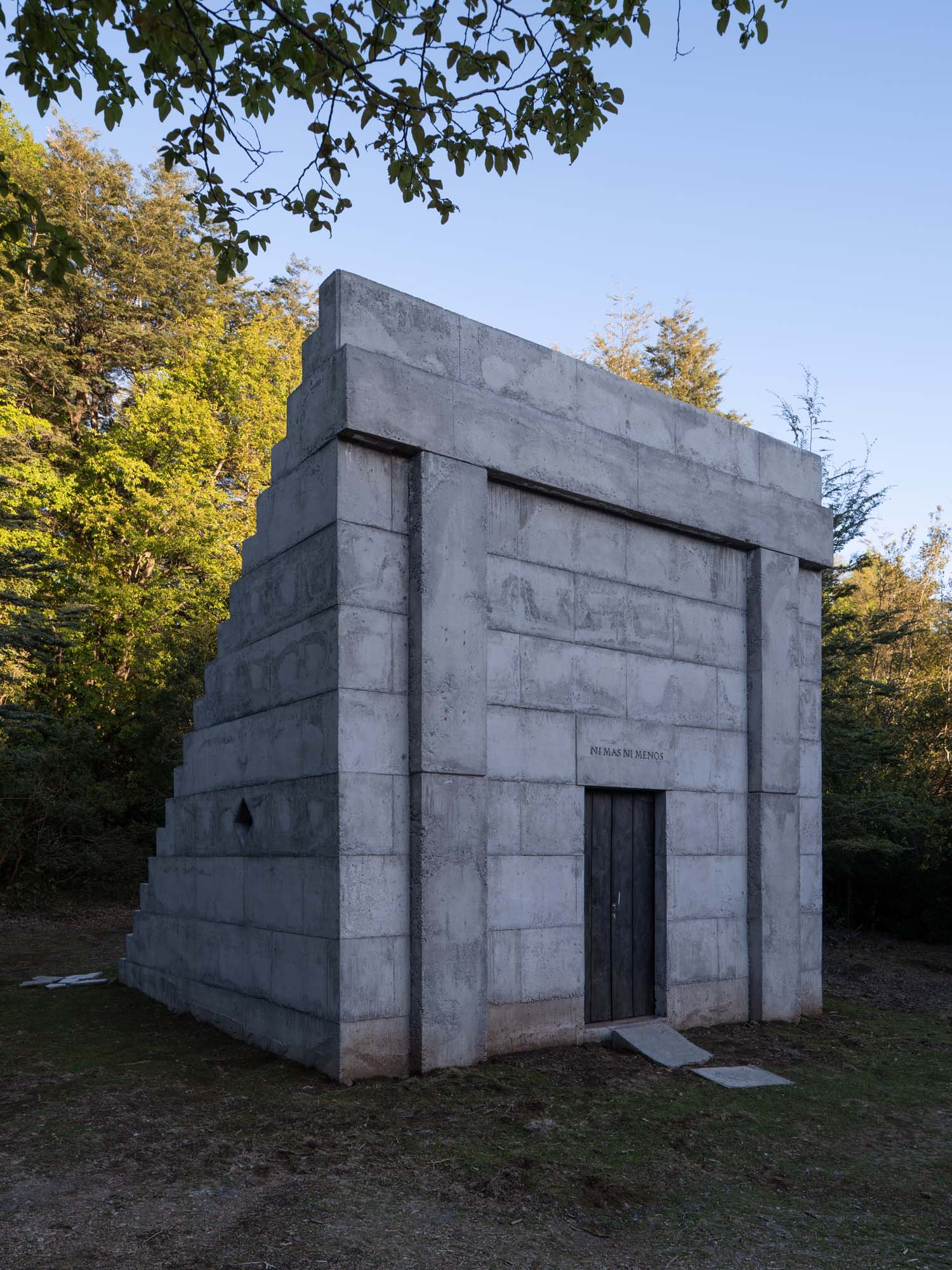
'The pavilion is a kind of self-commission, since it is located within the same farm in which Luna house sits – a 150-hectare property adjacent to the Cholguan river, which demarcates the Ñuble Region, at the foot of the Andes mountains, about 1,000m above sea level,' explains von Ellrichshausen.
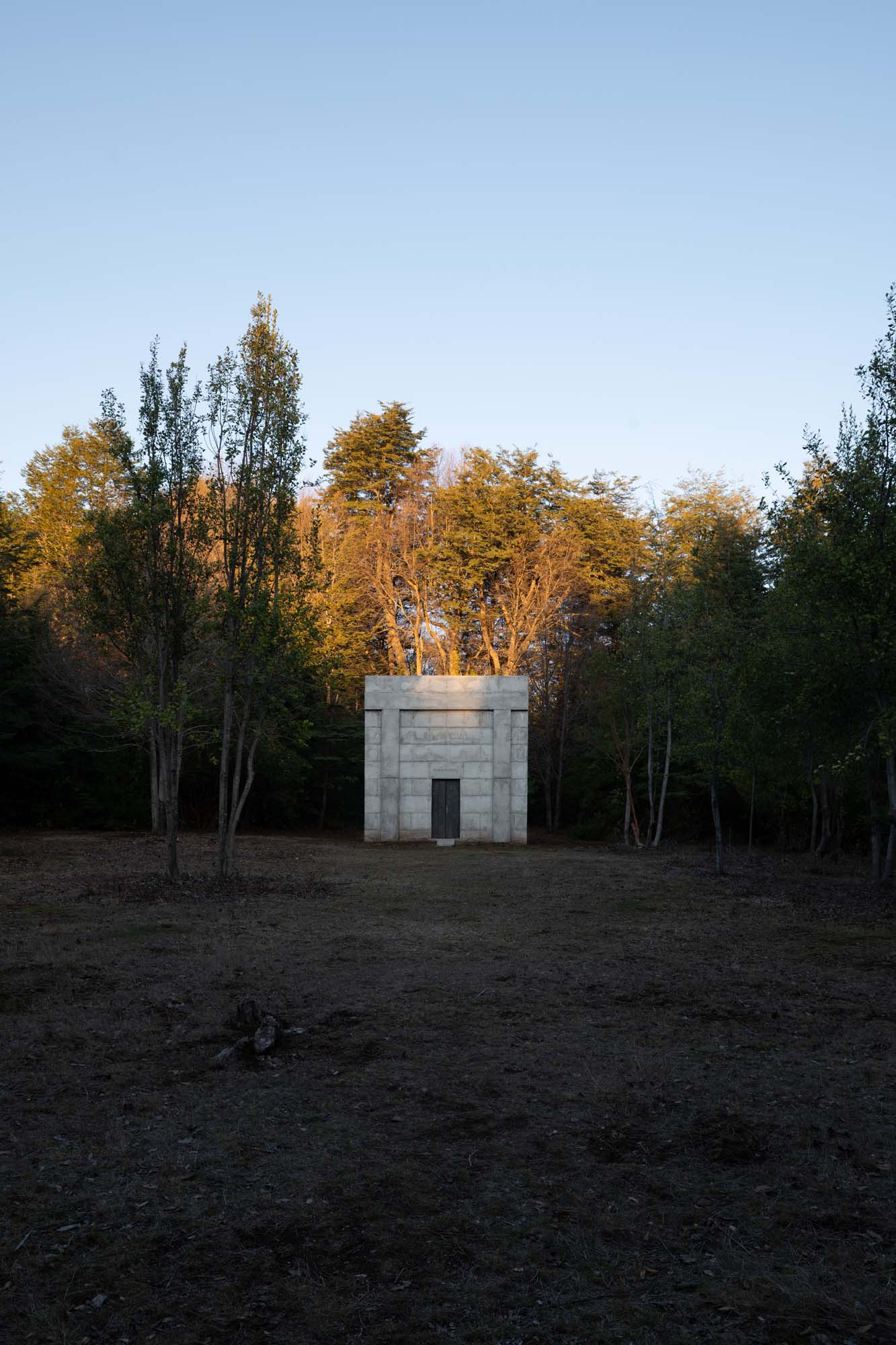
She continues: 'The project is part of the Artificial Foundation, a non-profit initiative we have founded, which aims to protect the native forest while promoting the production (and contemplation) of art within such a natural environment. The whole purpose of this philanthropic project, including the land and its constructions, is [for it] to be left for public use.'

The architects, acting as custodians of the land and actively promoting the arts in their country, crafted the pavilion as a home for an organisation that could attend to both preoccupations and serve as a symbol of their intentions. It is also a form that mirrors the values of the nearby Luna House, bringing together making and exposed concrete; texture and geometric compositions; brutalism and minimalist architecture.

'The pavilion has a double purpose. It is a room that serves the processing of honey while also providing an open infrastructural function when the room is closed [and not in use]. The volume has a strong asymmetry, with an altarpiece-like façade facing the sunset and an amphitheatre facing the sunrise, towards ancient trees,' adds Pezo.

Receive our daily digest of inspiration, escapism and design stories from around the world direct to your inbox.
Ellie Stathaki is the Architecture & Environment Director at Wallpaper*. She trained as an architect at the Aristotle University of Thessaloniki in Greece and studied architectural history at the Bartlett in London. Now an established journalist, she has been a member of the Wallpaper* team since 2006, visiting buildings across the globe and interviewing leading architects such as Tadao Ando and Rem Koolhaas. Ellie has also taken part in judging panels, moderated events, curated shows and contributed in books, such as The Contemporary House (Thames & Hudson, 2018), Glenn Sestig Architecture Diary (2020) and House London (2022).
-
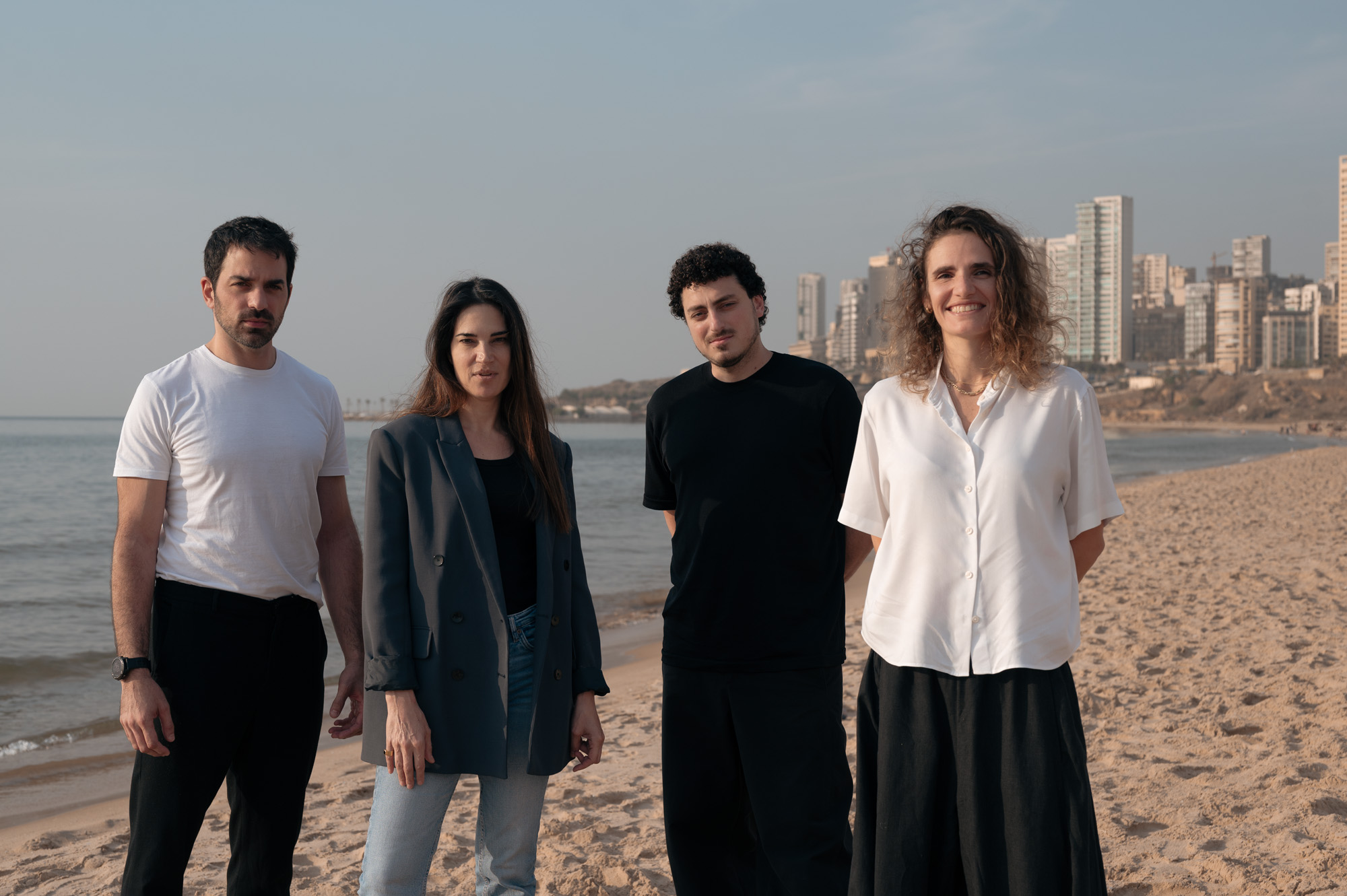 How Beirut's emerging designers tell a story of resilience in creativity
How Beirut's emerging designers tell a story of resilience in creativityThe second in our Design Cities series, Beirut is a model of resourcefulness and adaptability: we look at how the layered history of the city is reflected in its designers' output
-
 A day in Ahmedabad – tour the Indian city’s captivating architecture
A day in Ahmedabad – tour the Indian city’s captivating architectureIndia’s Ahmedabad has a thriving architecture scene and a rich legacy; architect, writer and photographer Nipun Prabhakar shares his tips for the perfect tour
-
 You can now stay in one of Geoffrey Bawa’s most iconic urban designs
You can now stay in one of Geoffrey Bawa’s most iconic urban designsOnly true Bawa fans know about this intimate building, and it’s just opened as Colombo’s latest boutique hotel
-
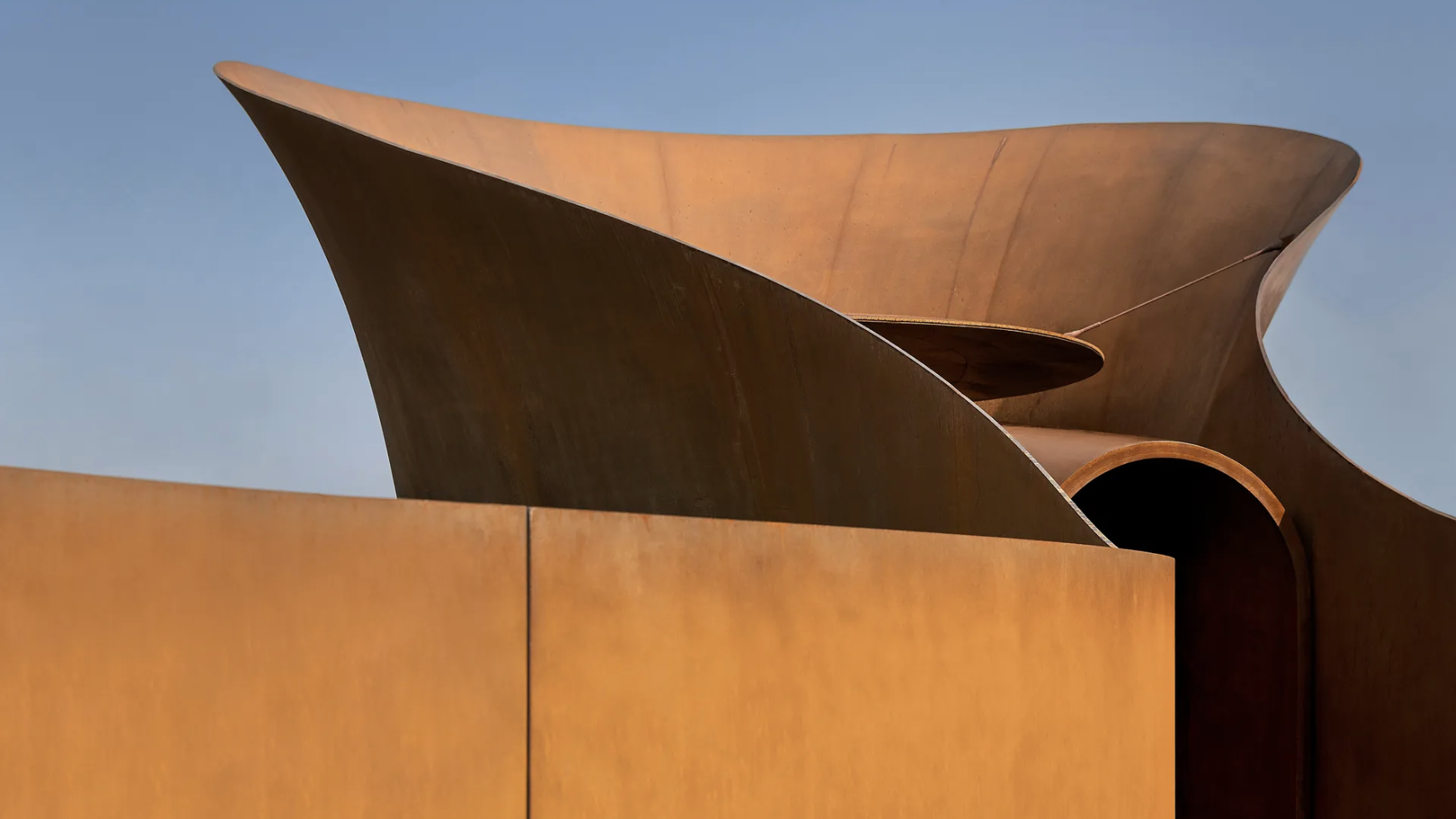 Doshi Retreat at the Vitra Campus is both a ‘first’ and a ‘last’ for the great Balkrishna Doshi
Doshi Retreat at the Vitra Campus is both a ‘first’ and a ‘last’ for the great Balkrishna DoshiDoshi Retreat opens at the Vitra campus, honouring the Indian modernist’s enduring legacy and joining the Swiss design company’s existing, fascinating collection of pavilions, displays and gardens
-
 Slides, clouds and a box of presents: it’s the Dulwich Picture Gallery’s quirky new pavilion
Slides, clouds and a box of presents: it’s the Dulwich Picture Gallery’s quirky new pavilionAt the Dulwich Picture Gallery in south London, ArtPlay Pavilion by Carmody Groarke and a rich Sculpture Garden open, fusing culture and fun for young audiences
-
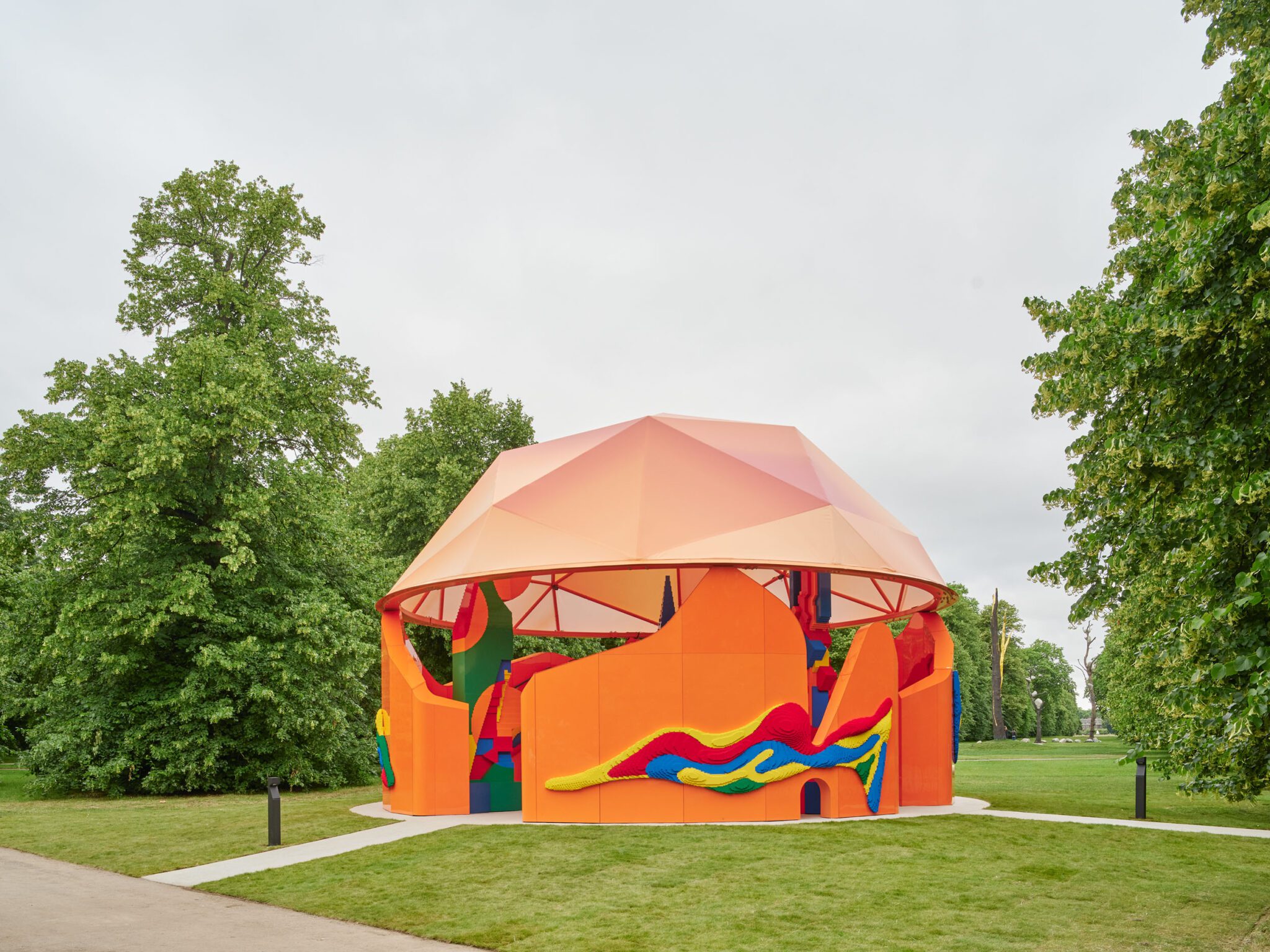 Lego and Serpentine celebrate World Play Day with a new pavilion
Lego and Serpentine celebrate World Play Day with a new pavilionLego and Serpentine have just unveiled their Play Pavilion; a colourful new structure in Kensington Gardens in London and a gesture that celebrates World Play Day (11 June)
-
 The Serpentine Pavilion 2025 is ready to visit, ‘an exhibition you can use’
The Serpentine Pavilion 2025 is ready to visit, ‘an exhibition you can use’The Serpentine Pavilion 2025 is ready for its public opening on 6 June; we toured the structure and spoke to its architect, Marina Tabassum
-
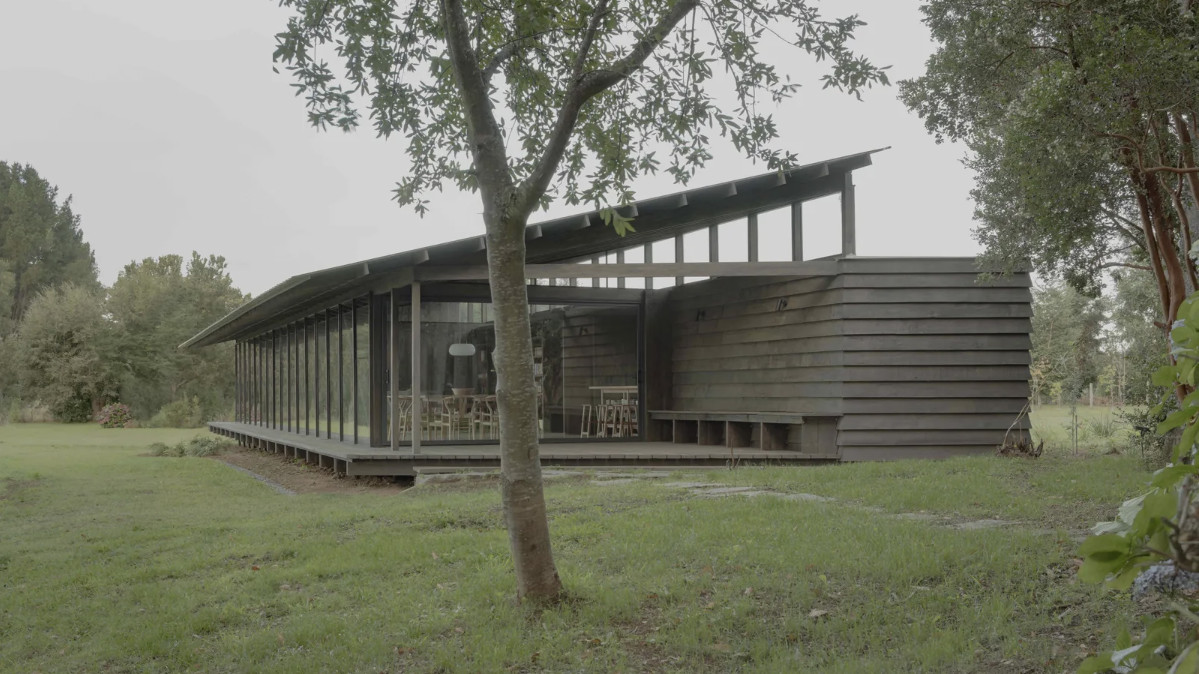 A wooden lakeside cabin in southern Chile offers a new twist on the traditional barn
A wooden lakeside cabin in southern Chile offers a new twist on the traditional barnClad in local Coigüe timber, this lakeside cabin by Tomás Tironi and Lezaeta Lavanchy on Lake Ranco, titled Casa Puerto Nuevo, adds contemporary flair to the local vernacular
-
 2025 Serpentine Pavilion: this year's architect, Marina Tabassum, explains her design
2025 Serpentine Pavilion: this year's architect, Marina Tabassum, explains her designThe 2025 Serpentine Pavilion design by Marina Tabassum is unveiled; the Bangladeshi architect talks to us about the commission, vision, and the notion of time
-
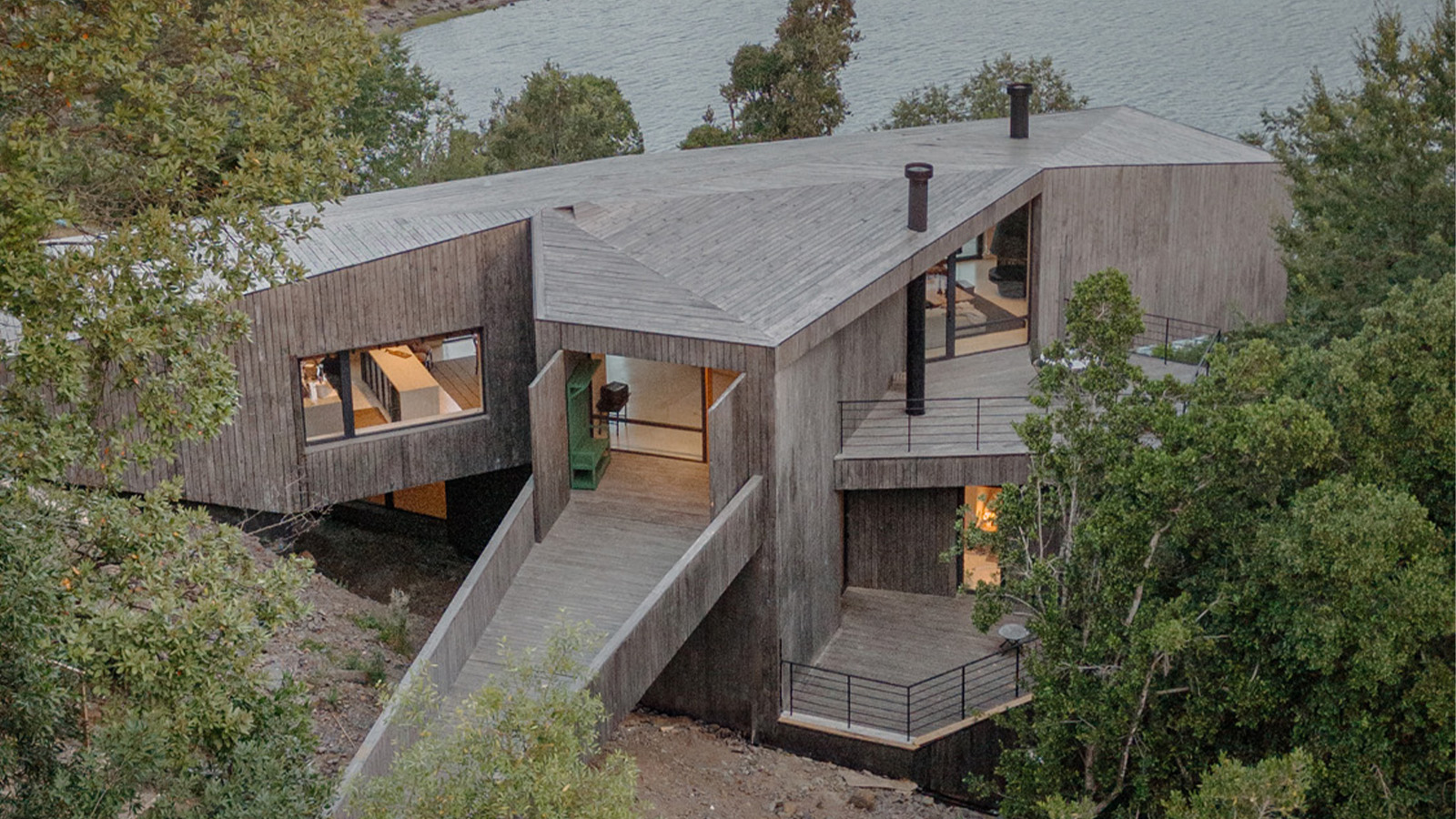 This new lakeside house in Chile is a tour de force of contemporary timber construction
This new lakeside house in Chile is a tour de force of contemporary timber constructionCazú Zegers’ lakeside house Casa Pyr is inspired by the geometry of fire and flames, and nestles into its rocky site
-
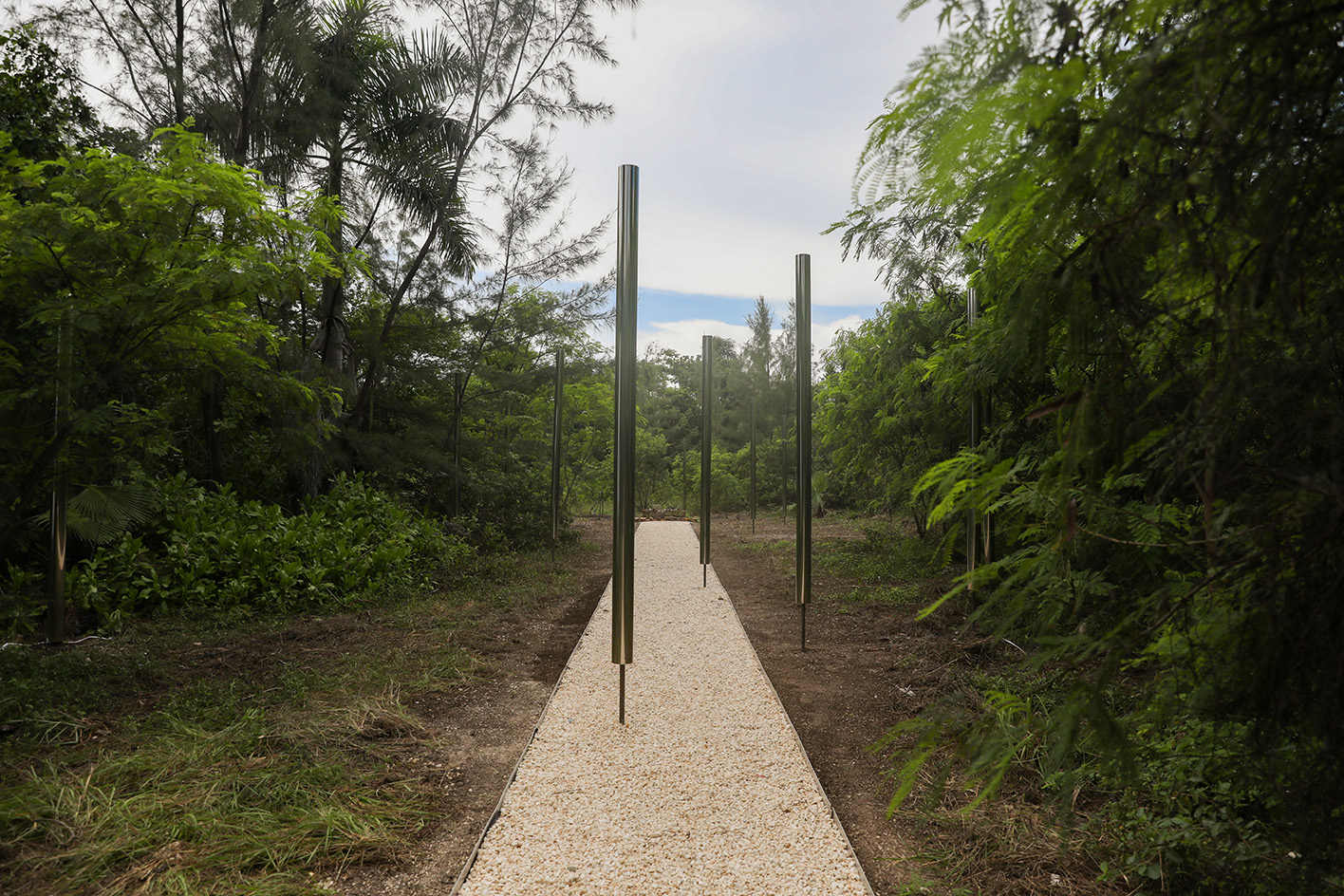 The Duho Pavilion by Limbo Accra immerses us into its Caribbean setting
The Duho Pavilion by Limbo Accra immerses us into its Caribbean settingThe Duho Pavilion by Limbo Accra is a Cayman Islands landscape project that celebrates the Indigenous Caribbean Taino people